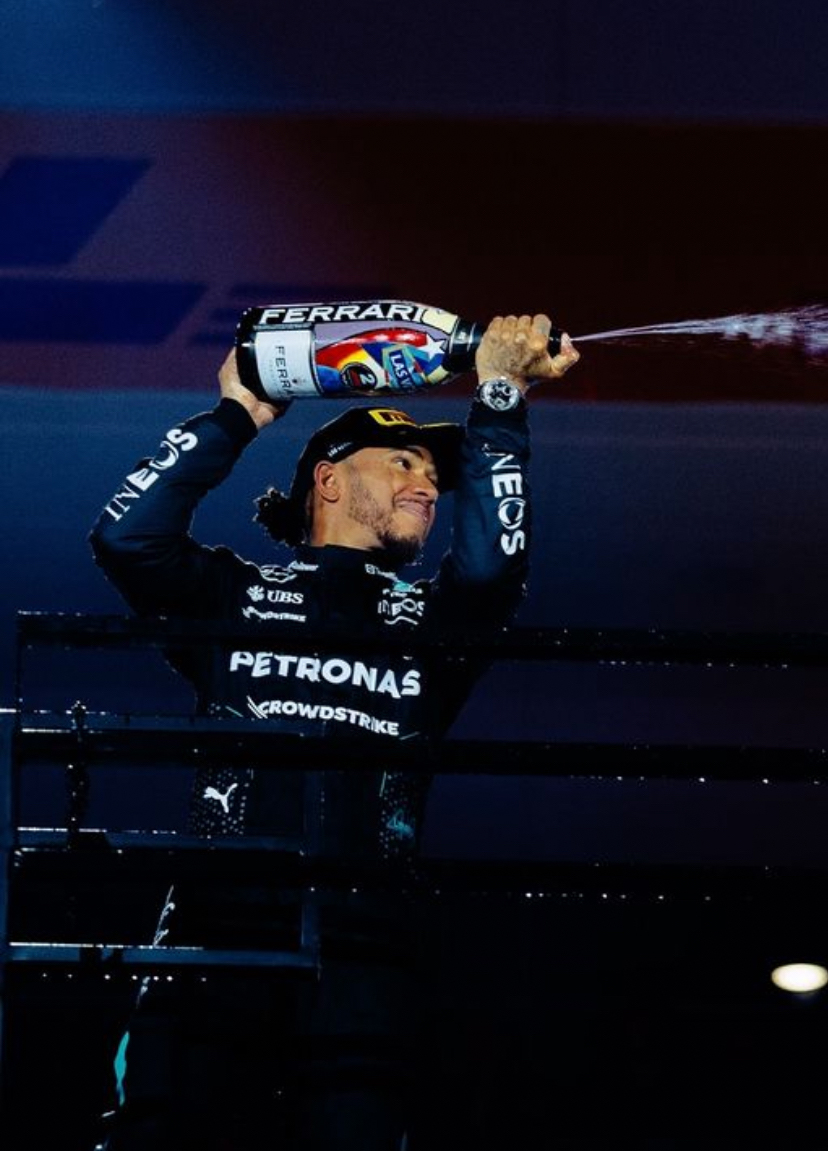What Strategies Do Teams Use to Protect Drivers from Traffic During Qualifying?

Formula 1 World Champions: A legacy of racing legends
What strategies do teams use to protect themselves from traffic during qualifying?
Discover the strategies Formula 1 teams use to protect drivers from traffic during qualifying, including timing, data analysis, and communication techniques.
Qualifying in Formula 1 is a high-pressure battle for optimal grid positions where every millisecond counts. Traffic, or encountering other cars on the track, can disrupt a driver’s hot lap and jeopardize their performance. To combat this challenge, F1 teams rely on a mix of strategic timing, data analysis, adaptive decision-making, and collaboration. These strategies are essential for securing clean laps and giving drivers the best shot at success.
Understanding the Traffic Challenge
Traffic during qualifying can significantly hinder a driver’s performance:
- Aerodynamic Impact: Following another car reduces downforce and speed.
- Lost Time: Drivers forced off the optimal racing line may lose critical seconds.
- Mental Disruption: Traffic-induced frustration can affect focus and precision.
Strategic Timing
Optimal Track Windows
Teams analyze data to identify quieter periods on the track. By sending drivers out during these windows, they increase the likelihood of a clear lap without traffic interference.
Staggered Runs
To avoid traffic between teammates, teams often stagger their runs. This approach ensures each driver has the opportunity for a clean lap without competing for space with their teammate.
Real-Time Data Analysis
Live Telemetry
Teams monitor live telemetry data to track the positions and sector times of all cars on the circuit. This real-time information helps engineers guide drivers to avoid congested areas.
Predictive Models
Using historical data and simulations, teams predict traffic patterns and plan their qualifying runs accordingly. These insights allow them to anticipate congestion and adjust strategies proactively.
Communication and Decision Making
Open Communication Channels
Drivers and engineers maintain constant communication during qualifying. Drivers report on traffic conditions, while engineers provide guidance on when to push or hold back to avoid other cars.
Adaptive Decision Making
Qualifying conditions can change rapidly. Teams must adapt their strategies in real time, instructing drivers to abort laps or create gaps when unexpected traffic appears.
Strategic Positioning
Out-Lap Positioning
Teams carefully manage out-lap positioning to ensure drivers start their hot lap with no traffic ahead. This involves balancing tire preparation with maintaining a gap to slower cars.
Pit Lane Tactics
Teams use precise pit lane timing to release drivers into gaps in traffic. This synchronization sometimes involves holding drivers briefly in the pits to ensure a clear track upon exit.
Collaboration with Other Teams
Unwritten Agreements
In some cases, teams coordinate informally with others to avoid traffic conflicts. Mutual understanding allows both teams to execute clean qualifying runs.
Respectful Racing Etiquette
Drivers generally uphold respectful racing etiquette during qualifying, avoiding actions that impede competitors on hot laps. This professional courtesy minimizes disruptions for all teams.
Conclusion
Protecting drivers from traffic during qualifying is a crucial aspect of Formula 1 strategy. By combining precise timing, real-time data analysis, adaptive decision-making, and collaboration, teams can help their drivers secure clean laps and competitive grid positions. In a sport where every millisecond counts, mastering traffic management often makes the difference between pole position and starting mid-pack.
Up Next


